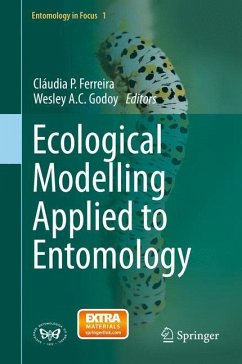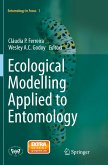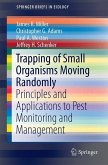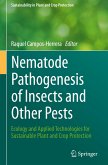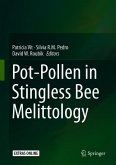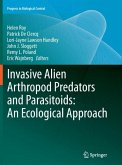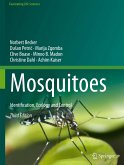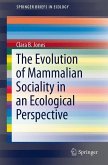Insects, when studied from the ecological perspective, provide a great opportunity for scientific studies emphasizing population theory. The simple fact of being successful organisms for their ability to colonize different habitats or even for their high reproductive potential, increases the interest of ecologists in conducting studies focused on population and community level. Mathematical models are powerful tools that can capture the essence of many biological systems and investigate ecological patterns associated to ecological stability dependent on endogenous and exogenous factors. This proposal comes from the idea of adding experiences of researchers interested in working at the interface between mathematical and computation theory and problems centered on entomology, showing how mathematical modelling can be an important tool for understanding population dynamics, behavior, pest management, spatial structure and conservation.
Bitte wählen Sie Ihr Anliegen aus.
Rechnungen
Retourenschein anfordern
Bestellstatus
Storno

